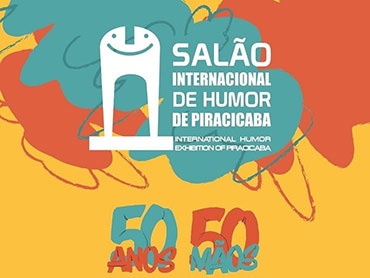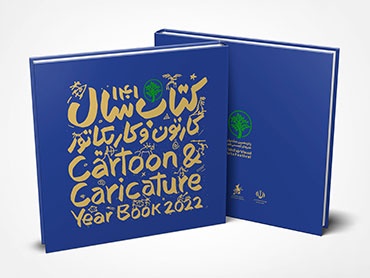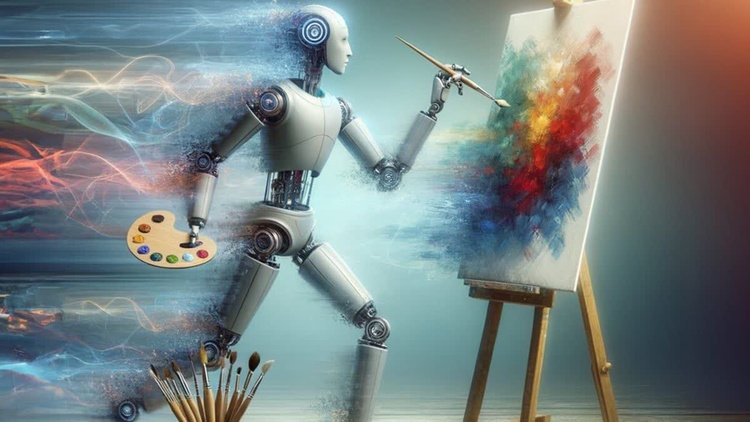
How Digital Artists Collaborate with Artificial Intelligence
How Digital Artists Collaborate with Artificial Intelligence: Creativity in Symbiosis
Artificial intelligence (AI) has ceased to be a mere tool and has become a creative partner for digital artists. This collaboration redefines concepts such as authorship, originality, and the artistic process, generating works where the human and the algorithmic intertwine.
Collaboration Modes
1. AI as a Technical Assistant:
- Automates repetitive tasks: rendering, color editing, or generating variations.
- Example: Artists use *Adobe Firefly* or *DALL-E* to explore compositions, color palettes, or preliminary sketches, accelerating the conceptual phase.
2. AI as a Co-Creator:
- Systems such as *MidJourney* or *Stable Diffusion* interpret textual prompts, but the artist guides the result through iterations, critical selection, and manual modification. The final work is a dialogue between human intention and controlled randomness.
3. AI as a Performer:
- In generative art, algorithms create visual evolutions or music in real time. Artists like Refik Anadol train models with large data sets (from architectural archives to weather records) to generate immersive installations that change autonomously.
Aesthetic and Conceptual Impact
- New Visual Languages: AI generates impossible organic forms, hybrid textures, or dreamlike distortions, expanding the visual imaginary.
- Social Critique: Artists use AI to question algorithmic biases, mass surveillance, or technological dehumanization. Example: Trevor Paglen exposes prejudices in facial recognition systems.
- Reinterpretation of Heritage: Projects like *Google Arts & Culture* use AI to digitally restore damaged works or recreate historical styles with algorithmic fidelity.
Ethical and Technical Challenges
- Who is the Author? The ambiguity surrounding intellectual property rights for works created with AI generates legal debates.
- Cultural Bias: Models trained with Western data replicate stereotypes or exclude non-Western aesthetics. Artists respond by training their own models with diverse data.
- Loss of Craft: Does AI reduce traditional technical mastery? Counterargument: It requires new skills: prompt engineering, data curation, or creative programming.
Emblematic Cases
- Anna Ridler: Combines craftsmanship (drawing) with AI. In "Mosaic Virus," she trains a neural network with her tulip drawings to reflect on financial speculation and fragility.
- Mario Klingemann: Pioneer in using neural networks to create "autonomous" art. His pieces explore the digital unconscious and artificial memory.
- Collective Obvious: With *"The Portrait of Edmond de Belamy"* (sold at Christie's), they questioned the value of art in the algorithmic age.
Conclusion: Towards a Creative Symbiosis
Artist-AI collaboration does not seek to replace human intuition, but rather to expand it. It is an alliance that demands:
- Critical awareness of ethical limits.
- Technical mastery to shape, not just use, technology.
- Revaluation of the subjective, the imperfect, and the contextual as irreducible human hallmarks.
Latamarte
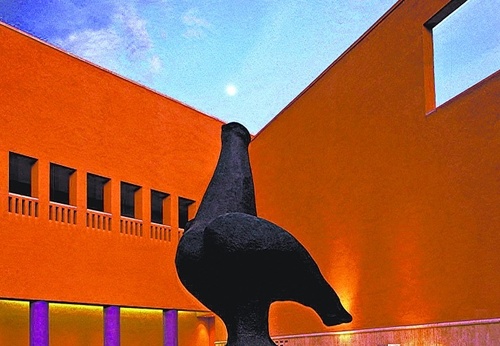

- December 29, 2025
Artificial Intelligence and the Reconfiguration of Artistic Practices
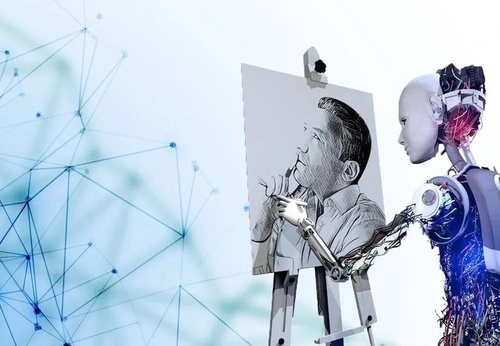
- December 29, 2025
The Artificial Intelligence Revolution in Modern Art
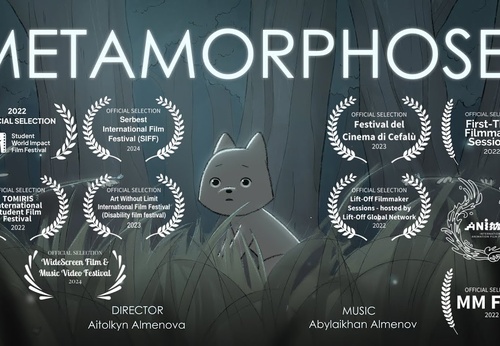
- December 29, 2025
Metamorphoses— Award winning animation short film (2021)
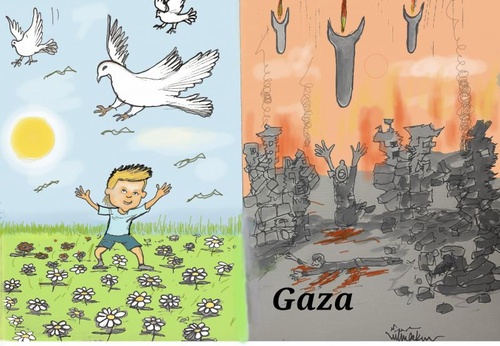
- December 29, 2025
Children in War and Peace
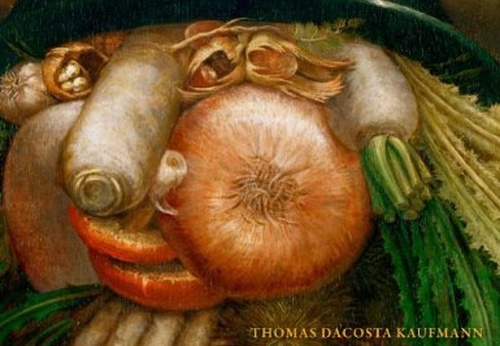

- December 29, 2025
Holy Wrath, Holy Act

- December 28, 2025
The Difference Between Contemporary Art and Modern Art

- December 28, 2025
The Impact of Contemporary Art on Today's Society

- December 29, 2025
Artificial Intelligence and the Reconfi…

- December 29, 2025
The Artificial Intelligence Revolution …

- December 28, 2025
The Difference Between Contemporary Art…

- December 28, 2025
The Impact of Contemporary Art on Today…

- December 28, 2025
Contemporary Art and its Multiple Langu…

- December 27, 2025
Graffiti: Urban Voices That Tell Stories

- December 27, 2025
The Art of Graffiti: Expression, Identi…

- December 24, 2025
Art as Human Expression and Universal L…

- December 24, 2025
Art in the Street: When the City Become…

- December 23, 2025
Urban Art in Latin America

- December 23, 2025
Folk Art in Indigenous Communities of L…

- December 22, 2025
Graffiti as a Social and Political Lang…

- December 22, 2025
Graffiti – From the Street to Contempor…

- December 21, 2025
Contemporary Art and New Visual Narrati…

- December 21, 2025
Latin American Visual Art as a Space of…

- December 20, 2025
Painting in the Americas: Origins and E…

- December 20, 2025
Key Latin American Artists in the Anti-…

- December 18, 2025
Artistic Movements and Expressions of R…

- December 18, 2025
Art and Anti-Imperialism in Latin Ameri…

- December 17, 2025
Visual Art in El Salvador: Between Memo…

- August 29, 2023
The history of Bolivian art

- February 19, 2024
Analysis and meaning of Van Gogh's Star…

- January 28, 2024
Culture and Art in Argentina

- September 25, 2023
What is the importance of art in human …

- September 23, 2023
What is paint?

- August 23, 2023
The 11 types of art and their meanings

- August 10, 2023
14 questions and answers about the art …

- September 23, 2023
Painting characteristics

- August 30, 2023
First artistic manifestations

- January 12, 2024
10 most beautiful statues and sculpture…

- September 23, 2023
History of painting

- March 26, 2024
The importance of technology in art1

- July 13, 2024
The impact of artificial intelligence o…

- March 26, 2024
Cultural identity and its impact on art…

- April 07, 2024
Graffiti in Latin American culture

- April 06, 2024
History of visual arts in Ecuador

- August 16, 2023
The 15 greatest painters in art history

- April 02, 2024
History visual arts in Brazil

- October 18, 2023
History of sculpture

- November 21, 2024
The Role of Visual Arts in Society

- February 19, 2024
Analysis and meaning of Van Gogh's Star…

- August 13, 2023
9 Latino painters and their great contr…

- August 23, 2023
The 11 types of art and their meanings

- August 10, 2023
14 questions and answers about the art …

- August 27, 2023
15 main works of Van Gogh

- August 29, 2023
The history of Bolivian art

- January 28, 2024
Culture and Art in Argentina

- November 06, 2023
5 Latin American artists and their works

- September 23, 2023
Painting characteristics

- September 23, 2023
What is paint?

- September 25, 2023
What is the importance of art in human …

- March 26, 2024
Cultural identity and its impact on art…

- August 30, 2023
First artistic manifestations

- December 18, 2023
10 iconic works by Oscar Niemeyer, geni…

- January 20, 2024
What is the relationship between art an…

- January 12, 2024
10 most beautiful statues and sculpture…

- August 24, 2023
The most famous image of Ernesto "Che" …

- October 30, 2023
Characteristics of Contemporary Art

- May 26, 2024
Técnicas de artes visuais

- August 22, 2023

